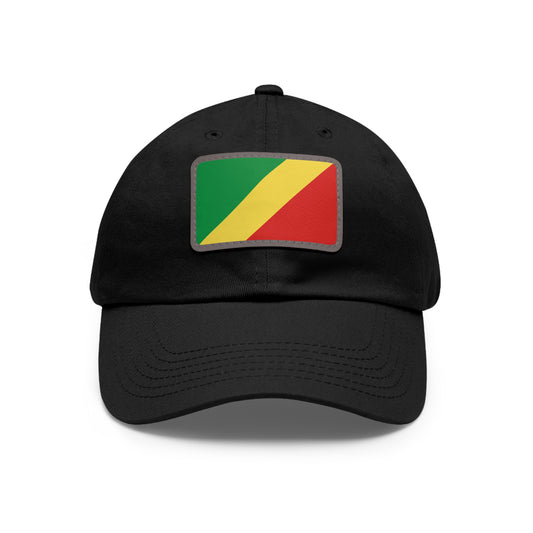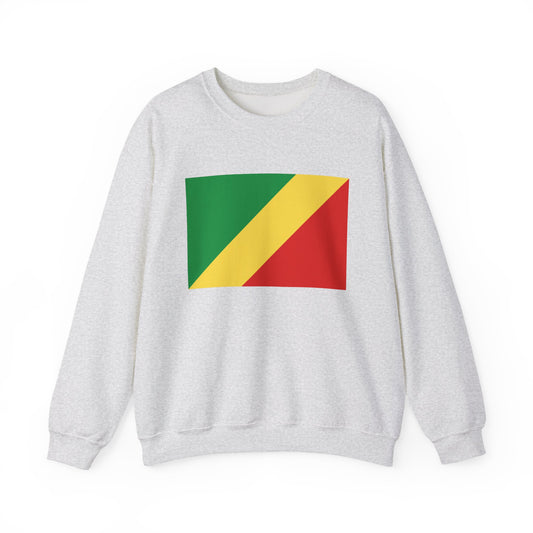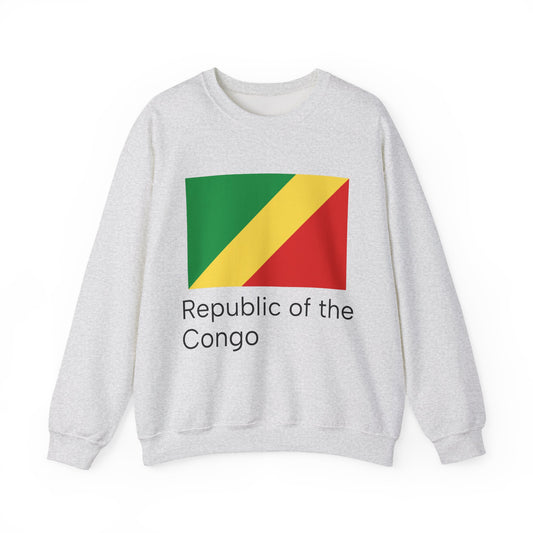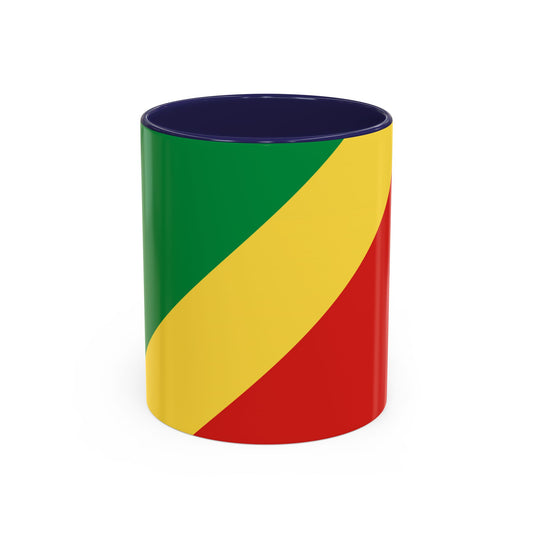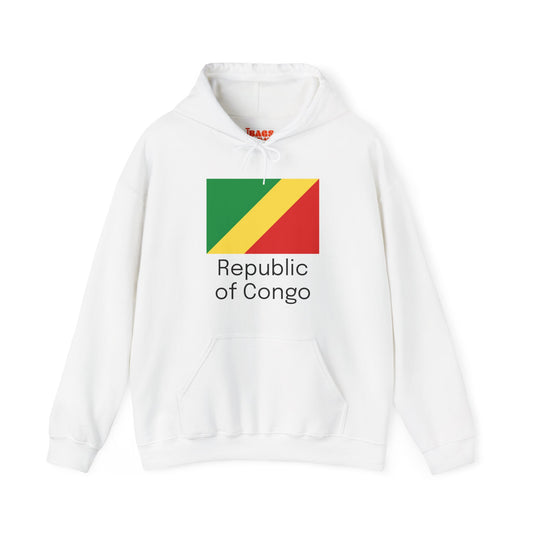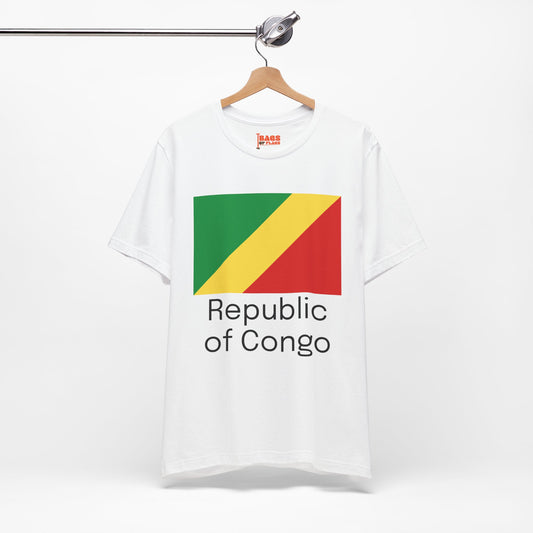-
Republic of the Congo Pillow
Regular price $22.65 USDRegular priceUnit price / per -
Republic of the Congo Backpack
Regular price $59.79 USDRegular priceUnit price / per -
Republic of the Congo Leather Patch Hat
Regular price $18.85 USDRegular priceUnit price / per -
Republic of the Congo Flag Sweatshirt
Regular price $34.15 USDRegular priceUnit price / per -
Republic of the Congo Sweatshirt
Regular price $34.15 USDRegular priceUnit price / per -
Republic of the Congo Mug
Regular price $11.65 USDRegular priceUnit price / per -
Republic of the Congo Trucker Cap
Regular price $14.90 USDRegular priceUnit price / per -
Republic of Congo Flag on T-shirt
Regular price $22.79 USDRegular priceUnit price / per -
Republic of Congo Flag on Hoodie
Regular price $34.40 USDRegular priceUnit price / per -
Republic of Congo Hoodies
Regular price $34.40 USDRegular priceUnit price / per -
Republic of Congo T-shirts
Regular price $22.79 USDRegular priceUnit price / per
Collection: Congo, Republic of the
The Republic of the Congo flag, also known as the Congo-Brazzaville flag, is a symbol of national pride and identity for the people of this African nation. Due to its vibrant colors and unique design, the flag holds significant historical and cultural importance. We will explore the fascinating facts behind the Republic of the Congo flag, from its inception to its current relevance in modern times.
Overview of the Republic of the Congo Flag

The flag of the Republic of the Congo features a distinctive and bold design characterized by a horizontal tricolor of green, yellow, and red. Each color is imbued with significant meaning and symbolizes the nation's values, heritage, and aspirations. The upper stripe of green represents the country's rich flora and abundant natural resources, a nod to the Congo's verdant landscapes and environmental wealth. Centered, the yellow stripe highlights the nation’s abundant resources and wealth, particularly the mineral riches that have long played a central role in its economy.
The red stripe at the bottom signifies the sacrifice and courage of those who fought for the country's independence, a tribute to the martyrs who laid down their lives in pursuit of freedom. Together, these colors reflect the Congo's physical attributes and historical struggles and embody the spirit and resilience of its people. The arrangement and proportion of these stripes create a visual representation of the Republic of the Congo's identity, marking it as a symbol of unity and national pride.
Historical Context

Adopting the Republic of the Congo flag on August 18, 1958, signified a meaningful step toward the nation's independence from France, officially achieved on August 15, 1960. This flag replaced the colonial flag used during the French Congo period and served as a beacon of hope and national identity for the Congolese people. Over the years, the flag experienced a notable alteration in 1991 when the country transitioned away from a Marxist-Leninist ideology, leading to the removal of the communist symbol that had been added during a previous period of the nation’s history.
This change returned to the original design, reaffirming the flag's symbolic representation of the nation's values and aspirations free from ideological symbols. The flag's evolution is intertwined with the Republic of the Congo’s journey toward sovereignty. It reflects the dynamic history of its struggle for autonomy and identity in the post-colonial era.
Symbolism Behind the Colors and Design
At the heart of the Republic of the Congo flag lies a rich tapestry of symbolism, each chosen color for its aesthetic appeal and its profound meaning. The green stripe at the flag's top mirrors the lush, verdant landscapes that define much of the Congo's geography, symbolizing the hope and prosperity that comes from the land itself. This is a nod to the country's agricultural potential and the dense forests that are vital to its ecology and economy. The middle stripe of yellow serves as a beacon of the nation's wealth, not in the material sense alone but also in terms of its people's spirit and resilience.
It reflects the brightness of the future Congo strives for, illuminated by the country's abundant resources, including its rich mineral deposits that are significant to its economy. Meanwhile, the red stripe at the bottom is a powerful reminder of the blood shed by martyrs in the struggle for independence. It is a tribute to their bravery and sacrifice, underscoring the courage and enduring spirit of the Congolese people in their fight for sovereignty. Together, these elements encapsulate the aspirations, struggles, and environmental richness of the Republic of the Congo, forging a visual identity that resonates deeply with its citizens.
Current Relevance of the Flag
Today, the Republic of the Congo's flag is ubiquitous in the country, flown at a wide range of events from solemn military ceremonies to vibrant national celebrations. It adorns government buildings, schools, and public spaces, serving as a daily reminder of the nation's sovereignty and unity. Beyond these formal settings, the flag resonates deeply with the Congolese people, symbolizing their shared identity and aspirations. Despite its universal acceptance, the flag occasionally sparks debate, particularly among groups who seek to revisit and reinterpret its historical and symbolic meanings in the context of contemporary challenges and achievements.
These discussions underscore the dynamic nature of national symbols, highlighting how they evolve with a country's ongoing narrative. The flag's role in contemporary society transcends mere representation; it acts as a focal point for national pride, collective memory, and the ongoing dialogue about the Republic of the Congo's past, present, and future.
Additional Facts and Unique Protocols
In observing the Republic of the Congo flag, there are established protocols and etiquettes to ensure its proper respect and representation. When displayed, the flag must be positioned prominently, never allowed to dip towards the ground or be flown in a position of inferiority to any other flags. It should always be in pristine condition, devoid of any damage or wear, symbolizing the nation's dignity and resilience. In formal settings, the flag takes precedence and is often the central focus, reaffirming its status as a key national symbol.
Handling the flag also comes with its own set of protocols. It is paramount that the flag does not touch the ground, an act that could be seen as a sign of disrespect. Additionally, when being raised or lowered from a flagpole, it should be done so ceremoniously, with care and deliberate pace, to honor the symbol it represents. The flag should also be folded neatly when not in display, following a specific folding protocol that maintains its dignity even when stored.
An interesting protocol regarding the flag involves its half-mast position, which is reserved for periods of national mourning. This gesture signals the collective grief of the nation and pays homage to figures or events of significant national sorrow. Another lesser-known fact is that the flag, while deeply rooted in national identity, also reflects a broader connection to the Pan-African movement, with its colors echoing the unity and shared destiny of African nations. This linkage not only emphasizes the Republic of the Congo's independence and sovereignty but also its solidarity with other African countries in their shared history and aspirations.






